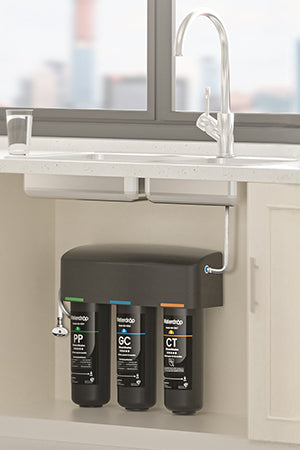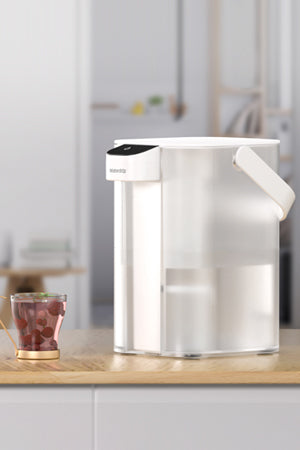Have you ever been to the beach and wondered if you could just boil the seawater to make it safe for drinking? Singapore does not face water shortages. However, the idea of turning seawater into drinkable water is interesting.
If you are curious or planning a survival trip, it is important to know how to make salt water drinkable. Let’s explore whether boiling salt water really works.
Why Can’t You Drink Salt Water Directly?
Seawater contains a high concentration of salt, mainly sodium chloride. When you drink salt water, the excess salt in your body can lead to dehydration rather than quenching your thirst. Your kidneys work overtime to expel the extra salt, requiring more water than you’ve consumed.
In Singapore, where the weather is consistently warm and humid, staying hydrated is crucial. Drinking seawater directly would only worsen dehydration, making it harmful rather than helpful.
How Much Salt Is in Seawater?
On average, seawater contains about 3.5% salt. This might not seem like a lot, but when consumed, it can overwhelm your body’s salt balance. In comparison, freshwater sources have negligible amounts of salt, making them safe to drink.
Can Boiling Salt Water Make It Safe to Drink?
Boiling salt water might seem like a simple solution. After all, boiling kills bacteria and other pathogens. However, boiling does not remove salt from the water.
When you boil seawater, the water turns into steam, leaving the salt behind. If you were to capture and condense the steam, you’d get freshwater. This process is known as distillation.
The Distillation Process
Distillation is a way to separate salt from water. First, you heat the water to make steam. Then, you cool the steam to turn it back into liquid. Here’s how you can do it:
1. Boil the salt water in a pot.
2. Capture the steam using a lid or other surface.
3. Condense the steam into a separate container.
The water collected through this method is pure and drinkable because the salt remains in the original pot.
Practical Challenges of Distillation
While distillation works in theory, it’s not always practical. It requires specialized equipment or creative setups, which might not be feasible for the average person. Additionally, distillation is time-consuming and produces a limited amount of freshwater.
In places like Singapore, advanced technology efficiently handles large-scale distillation at established desalination plants.
What About Using a Solar Still?
A solar still is another method of turning salt water into freshwater. It uses the sun’s heat to evaporate water, leaving the salt behind. The evaporated water condenses on a clear surface and drips into a collection container.
This method is ideal for survival situations but not practical for daily use. Building a solar still requires materials like plastic sheets, a container, and sunlight.
Steps to Build a Solar Still
Dig a hole in the ground and place a container in the center.
Pour salt water around the container.
Cover the hole with a plastic sheet, securing the edges with rocks or soil.
Place a small rock in the center of the plastic sheet, directly above the container.
The sun heats the salt water, causing it to evaporate. The water condenses on the plastic sheet and drips into the container as freshwater.
Alternatives to Boiling Salt Water
If you’re in Singapore and looking for a reliable source of drinkable water, boiling salt water isn’t your best option. Here are some alternatives:
Desalination Plants
Singapore has several desalination plants that use advanced reverse osmosis technology to turn seawater into potable water. This large-scale solution provides a steady supply of freshwater for the country.
Portable Water Filters
For outdoor activities or emergencies, portable water filters are a great alternative. While they don’t work for seawater, they can filter out contaminants from freshwater sources.
Water Purification Tablets
These tablets are useful in survival situations but are ineffective for salt water. They work by killing bacteria and viruses in freshwater, making it safe to drink.
Collecting Rainwater
Rainwater harvesting is a simple way to obtain freshwater. Singapore experiences frequent rainfall, making this a viable option in emergencies.
Final Thoughts
So, can you boil salt water to make it drinkable? The short answer is no. Boiling salt water kills bacteria but does not remove salt. To make it drinkable, you’d need to distill it. While distillation and solar stills are possible solutions, they are not practical for everyday use.
In Singapore, where access to clean water is rarely an issue, it’s best to rely on existing water treatment and desalination infrastructure. If you find yourself in a survival situation, understanding the principles of distillation can be life-saving. Otherwise, stick to reliable freshwater sources and stay hydrated!



































































